If you go to Geneva, it will be impossible to miss the numerous watchmaking signs posted in the streets. And for good reason: the watch industry has shaped the city’s history over the centuries!
So how did Geneva become the capital of luxury watches? Discover the history of Geneva’s watchmaking industry!
How to measure time?
What is time? This is a difficult question because for each of us, the perception of time will be different. Some moments can pass very quickly, others much more slowly… So much so that in each era, man had to find ways to measure time.
As early as 4000 BC, the Chaldeans (in Egypt) invented the gnomon: a system close to the sundial, which by the shadow cast by the sun allowed to define the different moments of the day.
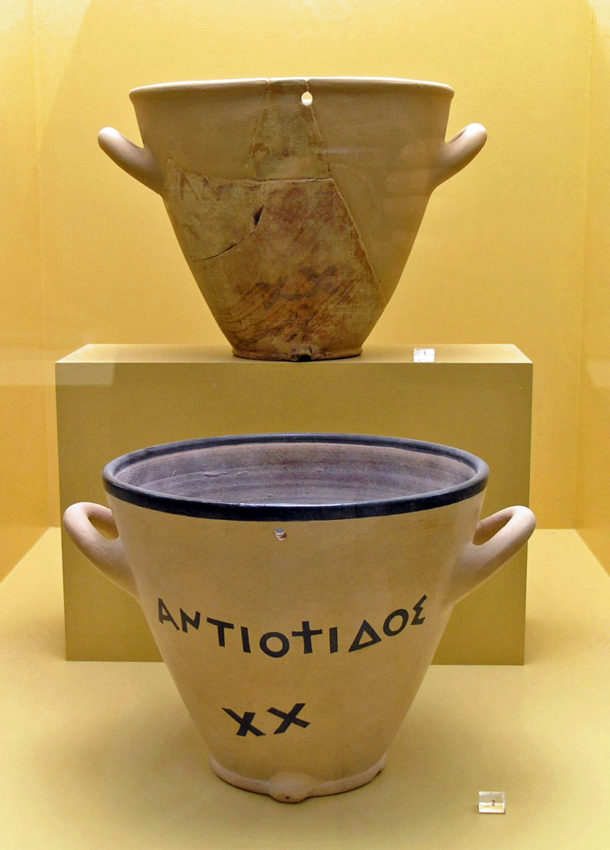
Around 1400 BC, the clepsydra made its appearance at Karnak. This instrument made it possible to define the duration of an event according to the flow of water from one container to another. Much later, in the 9th century, monks invented the graduated candle to determine the duration of a prayer.
All these inventions were very ingenious but imprecise. It was not until the 13th century that the first mechanical clocks appeared and struck the hours, but it took two more centuries before clocks could be miniaturized to make them portable.
Did you know that?
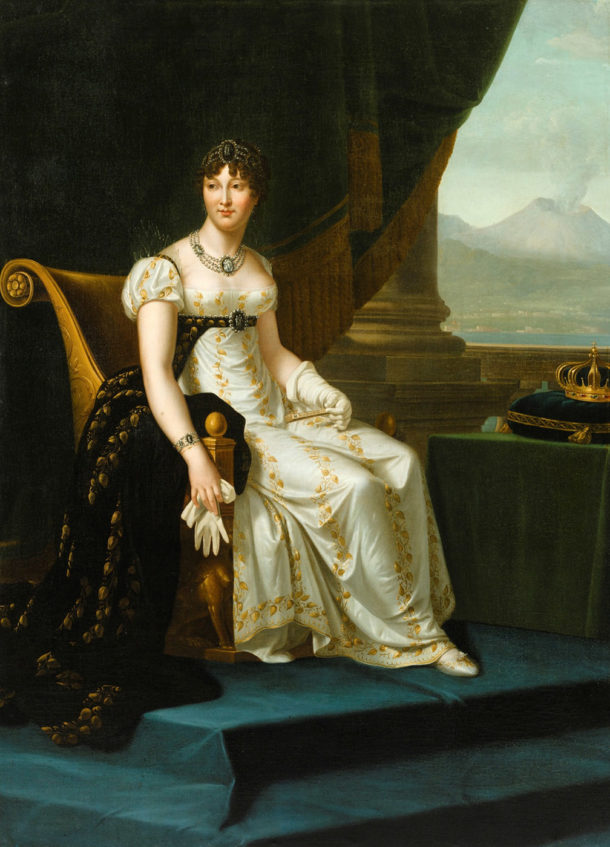
The first wristwatch was created in 1810 by Breguet for Caroline Bonaparte, sister of Napoleon I and Queen of Naples. At the time, the wristwatch was considered an exclusively feminine piece of jewelry, as men preferred the gusseted watch.
But the arrival of the First World War favored the development of the wristwatch for men. It was indeed much more practical to have a watch on the wrist in the trenches. Since then, the watch is the main male jewel.
The revolution in the precision of time measurement came in the 20th century. In 1958, the atomic clock arrived, capable of telling the time with a precision of 1 second for 3000 years! Then in 1969, the invention of the quartz movement democratized precise and cheap watches.
The development of the watch industry in Geneva
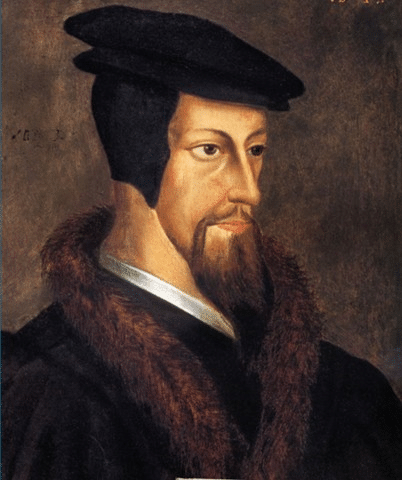
In the 16th century, the theologian Jean Calvin fled France, settled in Switzerland and helped the council of Geneva to reform the laws. A reform of 1541 forbade ostentatious luxury such as jewelry, leaving the numerous Geneva jewelers in a difficult situation.
In order to continue their trade, they turned to watchmaking. Considered as a scientific instrument, clocks escaped Calvin’s reform and goldsmiths were thus able to produce richly decorated timepieces. Paradoxically, it is Calvin who is at the origin of luxury watches in Switzerland!
A few years later, another event favored the rise of watchmaking: the wars of religion that took place in France pushed the Huguenots to immigrate to Switzerland in 1572 and 1685. Geneva and the Jura basin saw an influx of qualified workers who brought their know-how in watchmaking and medicine, contributing to the development of goldsmithing. Thus, in 1601, the very first corporation of watchmakers in the world was created in Geneva.
In the 18th century, the watchmaking industry was so important in the Jura Arc that many farmers supplemented their income by doing small-scale work on watchmaking components during the winter. At the end of the 19th century, nearly 4 out of 10 employees worked for the watchmaking industry!

More recently, Geneva’s strategic location has favored its development: situated at the crossroads of France, Italy and Germany, Geneva is ideally situated for trade. In addition, the presence of numerous international organizations such as the WTO or the UN, attracts a public from all over the world, which contributes to the development of the watch market.
Discover watchmaking by visiting Geneva
To better discover this history, you can visit the Patek Philippe museum which presents five centuries of watchmaking history with some 2500 watches.
Patek Philippe Museum Rue des Vieux-Grenadiers 7 patek.com
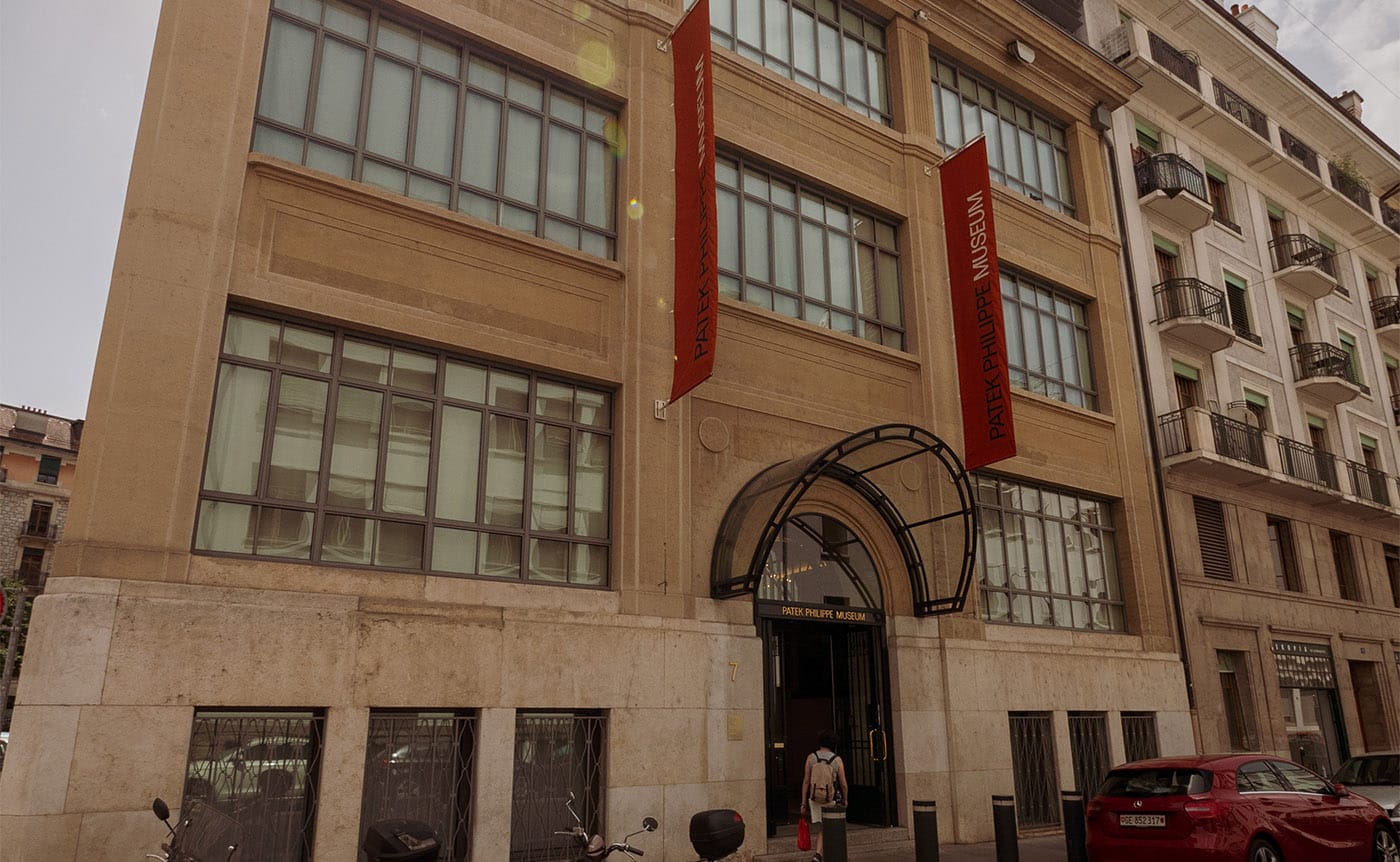
And to understand how a watch works, go to Initium Watches which organizes workshops with a watchmaker. You will learn how to disassemble and reassemble a watch mechanism and you will also be able to make your own watch by customizing the hands, dial, case, bracelet and mechanism: enough to have a unique watch that you will not find on other wrists! Classes last from 3 hours to 1 day and are conducted with a master watchmaker.
Initium Watches Grand Rue 17 https://initium.swiss/en/workshops

Header photo © Initium Watches

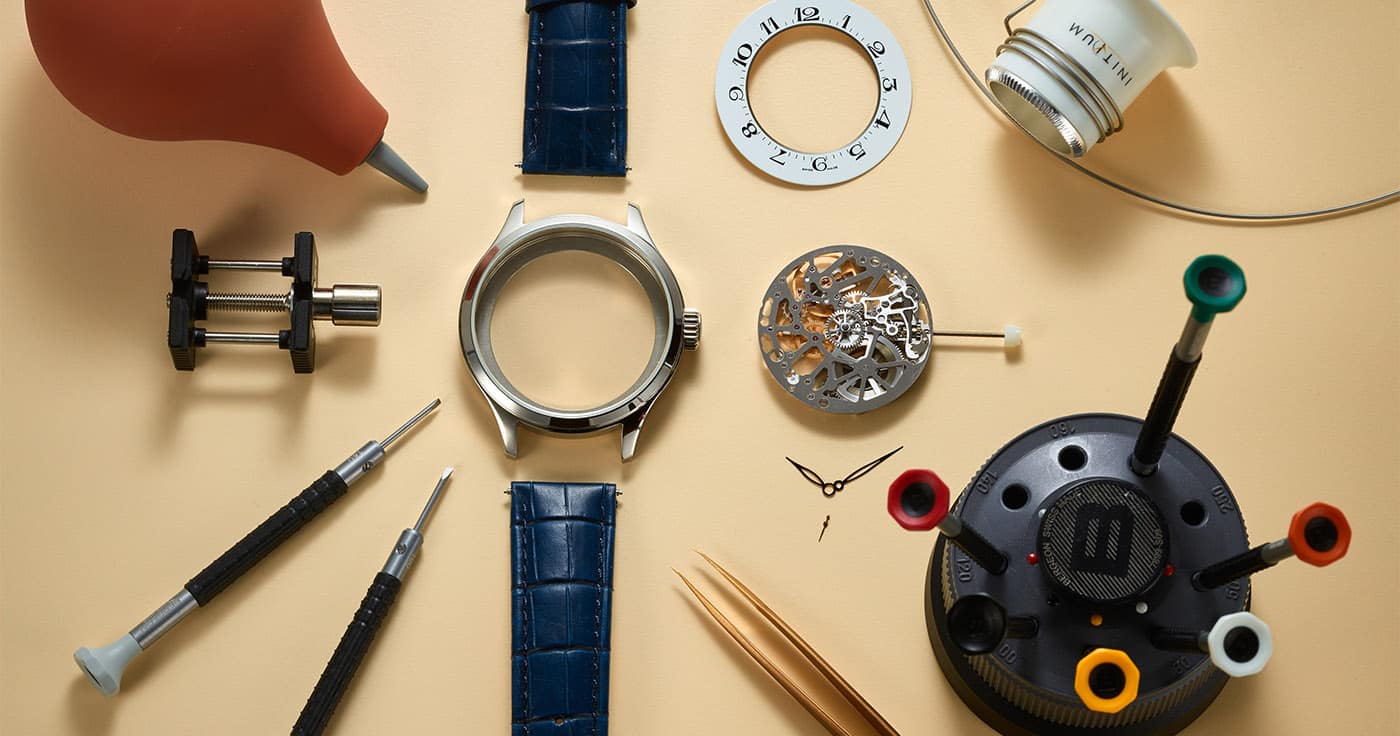



No Comments
Leave a comment Cancel